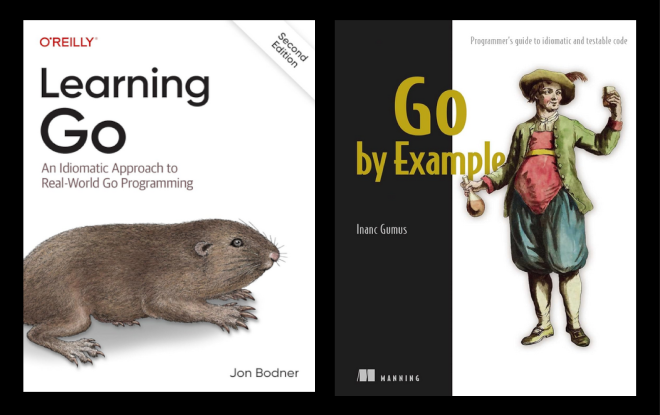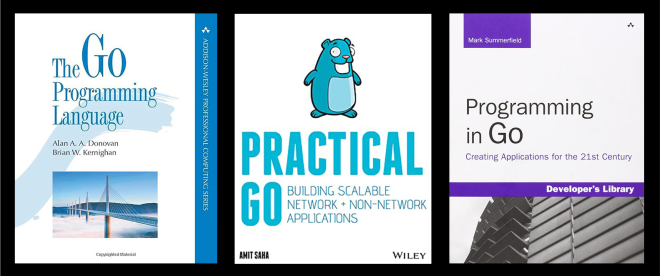MSDS 431 Go and AI-Assisted Programming
Students are encouraged to take this course prior to taking most other courses in the Data Engineering specialization.
Course Description #
This comprehensive introduction to the Go programming language reviews data structures and algorithms, the Go standard library, and packages for communications, database access, analytics, and modeling. Students learn how to work within the Go programming environment, employing best practices in software engineering. They design, develop, and test programs for data science. They utilize AI-assisted programming, including methods for translating from one computer language to another. And they learn how to run concurrent processes, as needed in distributed and parallel processing environments. Prerequisites: None.
Students benefit by taking the Go Learning Studio before taking this course.
This course shows how to use Go to build scalable, high-performance systems that are easy to maintain over time. With Go, we can develop cross-platform applications that are easy to install and use. Distributed as executable load modules, Go applications run stand-alone, requiring no special set-up or tooling (such as Python/pip, Node.js/npm, C#/DotNet, or Java/JVM).
For assignments in this course, students build and test Go applications for analytics and modeling, exploring the features of the Go programming language and developing product prototypes for hypothetical technology companies.
Grading criteria for assignments focus on best practices in software design and engineering, as well as idiomatic programming in Go. See the Example Programming Assignment.
The course makes use of Git, GitHub, GitHub Actions, and Docker, providing training in continuous integration and continuous delivery (CI/CD) of software solutions. Students are expected to download and install Git and Docker Desktop on their personal computers and to maintain a personal GitHub account.
Students are encouraged to use generative AI and AI-assisted programming for assignments for this course.
Primary Textbooks (2025/26) #

-
Bodner, Jon. 2024. Learning Go: An Idiomatic Approach to Real-World Go Programming (second edition). Sebastopol, CA: O’Reilly. [ISBN-13: 978-1098139292] Program repositories available from GitHub. Check out Lane Wagner’s podcast: Learning Go: A Discussion of the Language with the Author, Jon Bodner.
-
Gumus, Inanc. 2025. Go by Example: Programmer’s Guide to Idiomatic and Testable Code. Shelter Island, NY: Manning. [ISBN-13: 9781617299896]
(Optional) Recommended Textbooks (2025/26) #

-
Donovan, Alan, and Brian Kernighan. 2015. The Go Programming Language. Addison-Wesley Professional Computing Series. [ISBN: 978-0134190440] The “bible” of Go. Essential to any gopher’s bookshelf. Given its publication date, there is no coverage of modules or generics. Ignore chapter 10.
-
Saha, Amit. 2022. Practical Go: Building Scalable Network & Non-Network Applications. New York: Wiley. [ISBN-13: 978-1-119-77381-8] Two chapters from this book are on Course Reserves: Chapter 3, Writing HTTP Clients, pages 57–80, and Chapter 4, Advanced HTTP Clients, pages 81–104. Another chapter, Chapter 11, Working with Data Stores, pages 311-348, covers databases but with MySQL. There is a free online version of Chapter 11 for SQLite.
-
Summerfield, Mark. 2012. Programming in Go: Creating Applications for the 21st Century. Upper Saddle River, NJ: Addison-Wesley. [ISBN-13: 978-0-321-77463-7] Does an excellent job covering the Go standard library. Application developers can get answers quickly without doing a lot of web searching. It is a tribute to the Go team that a book like this, now more than a decade old, is so relevant today. The core of Go remains intact from version 1.0.
Go to the home page Go and AI-Assisted Data Science.